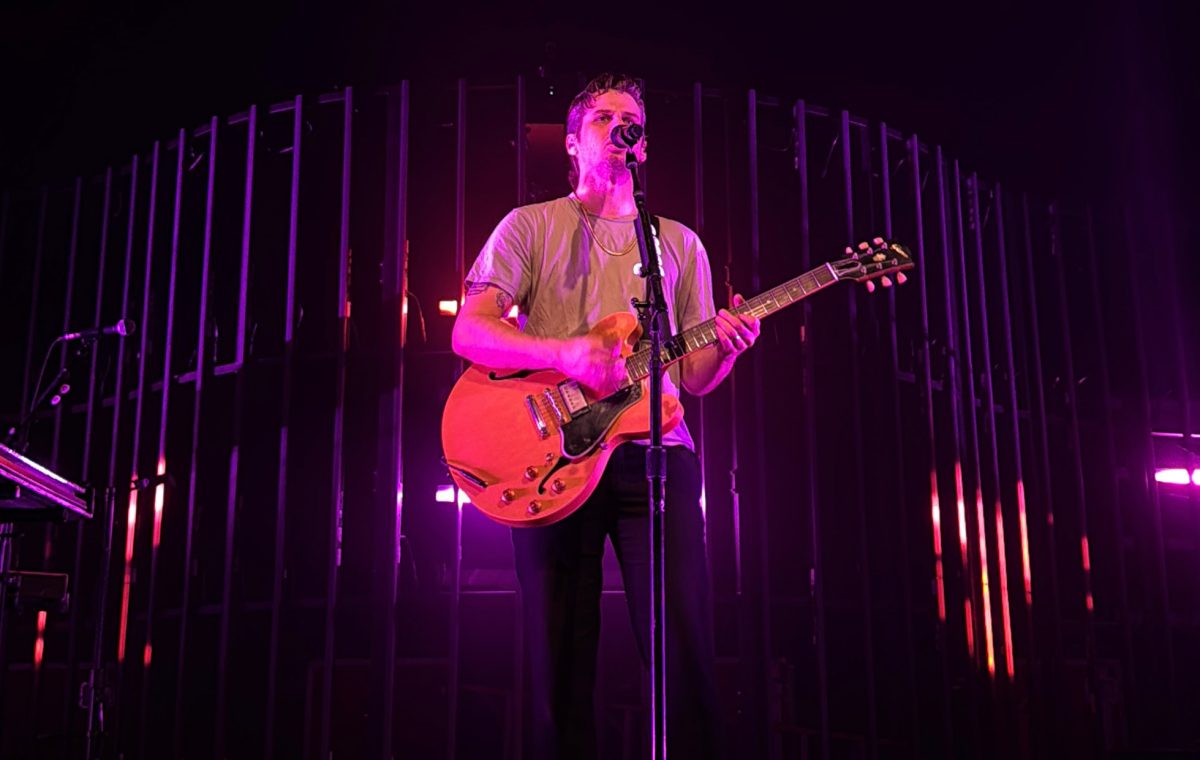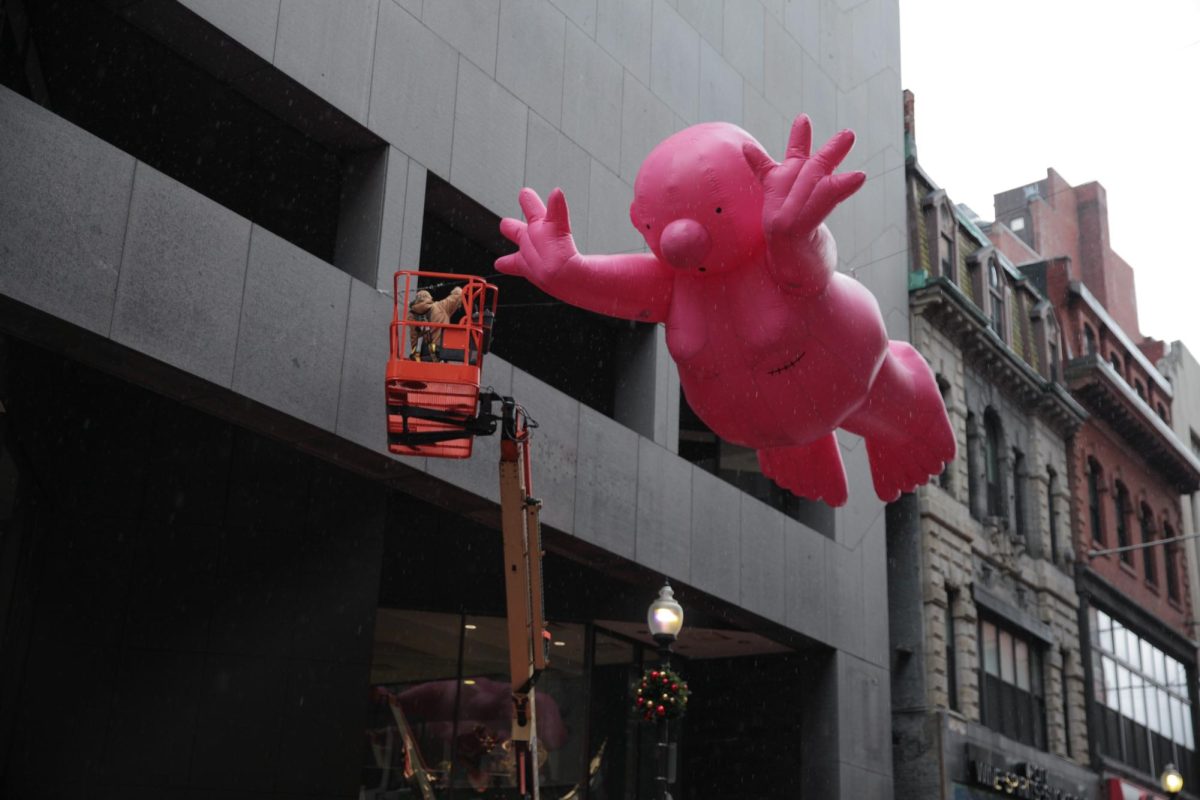By Cole Albert, news correspondent
“Mr. Burns,” a “post-electric” play written by Anne Washburn, explores the relationships between survivors of a nuclear apocalypse that leaves the world without electricity. As the survivors gather at a campsite, they attempt to recall quotations and moments from pop culture, namely the “Cape Feare” episode from “The Simpsons.”
The play will premiere Thursday night at 7 p.m. for a two-week run, and features guest director A. Nora Long.
Washburn, a playwright for play company The Civilians, wondered what would happen if she translated a contemporary pop culture narrative into a different time. The original idea was conceived through a workshop where one of the members, who happened to have an encyclopedic knowledge of “The Simpsons,” explained an episode to two people, who in turn had to explain it to two more. She observed how the story changed.
“They never watched the episode,” Long said. “They just used it from memory.”
“It’s this shared story they’re all telling together,” said Ben Harris, a first-year political science major. “It mirrors the history of storytelling itself.”
Harris, who plays a survivor named Gibson as well as Homer Simpson, dealt with the difficulties of being a newcomer both as a character in the story and as a freshman trying to survive his first semester.
“I did a lot of theatre at my high school and different theatre companies in my area, but this is certainly one of the most intense shows I’ve ever been a part of,” Harris said. Despite challenges like back-to-back 12-hour tech rehearsals and a highly complicated script, he still enjoyed being part of the production and said he felt confident being able to rely on his more experienced cast members when needed.
Zoe Unverferth, a third-year theatre major, said that the production was difficult for the actors regardless of experience and recognized the amount of work they had put in.
“I think it really speaks to the commitment and focus of the group,” Unverferth said.
Unverferth plays Quincy, who steps into the role of Bart Simpson within the play. She explained her character as an analogue for the transition between boy and man.
“I have to learn how to no longer be a kid and take on society for my own,” she said.
The idea of cultural analogues and evolving narratives is central to the theme of the play, said fifth-year theatre major Rosa Procaccino. Procaccino, who plays Marge, cited the cast’s biggest difficulty is trying to do the script and its lofty concepts justice.
“None of these actors have ever seen an episode of ‘The Simpsons,’ so they’re playing the archetypes of these characters,” Procaccino said. “The playwright is trying to say what will be lasting of our culture if there is some kind of catastrophe.”
Unverferth, Procaccino and Harris agreed that the show’s best moments were when they worked together as an ensemble.
“There’s no one shining star,” Procaccino said. “We really have to be a cohesive group.”
The show’s director, A. Nora Long, was surprised at how eager the students were to take on the complex production. Long, a guest director who currently works as the artistic director at the New Exhibition Room theatre company, greatly appreciates being back at Northeastern after directing After Miss Julie last spring. Long said even the inception of the story was experimental.
“[The play is about] how pop culture narratives can evolve into great works of art,” Long said. “Shakespeare used to be a thing where you threw fruit at the stage, got drunk and rowdy and picked up women, and now it’s considered the greatest of plays in the English language.”
Long hinted that “The Simpsons” may one day be a cultural touchstone on the same level.
One of the most unique elements of the show is the use of outside settings to tell the story. The first act, which is set in a wooded area, required the actors to perform in such an area on Willis Quad. They then move to a “warehouse” represented by the clock tower outside Kariotis Hall for the second act, and finally move into Curry’s Studio Theater for the third.
“It’s exciting to be able to realize all those different locations in a really truthful way,” Long said. “I’m hoping that the exact juxtaposition of the world the characters are in and the world that the audience is in will help to bring those ideas into sharper relief.”










